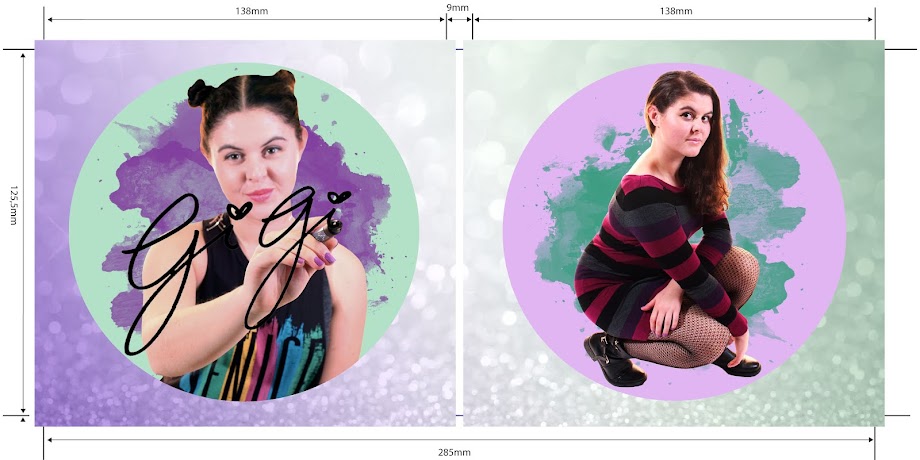Our timeline
We produced a timeline so that we had a fixed order of events. We took A3 sheets of paper and selotaped them together to form the base for the timeline. We split it into 3 sections for the video track, the audio track and the dialogue. In the video track, we noted down what visuals we needed to include, for example setting or character movement. Part of the process included blocking out the actions so that we could estimate how much time each action would take and how long the shot would be. For the audio, we marked down when the music track would begin and end, and when we would have the white noise effects. For the dialogue, we recorded how long it would take to read out the voice over and the argument. We then decided when the voice over would best go with the video and how the dialogue would fit with the conflict scene.
 |
| The beginning of our timeline |
 |
| Our timeline |
Our storyboard
To create our storyboard, we drew our shots on post-it-notes and stuck them on a large piece of sugar paper. We referred to the timeline for the order of our shots. As our work was still in progress, the post-it-notes allowed us to add new ideas and move the shots around until we were satisfied with the finished product. For our group, we came up with new shots often and had to revise our existing order. We had to add many new shots in order to keep a continuous flow throughout the film opening. Overall, I am happy with our group's work as we worked together well to propose more creative concepts although our end product was different from what we initially planned.
 |
| Georgina and I holding up the storyboard |
The different colour for the post-it notes represent the shot type, taking into consideration framing. This makes it easy for us to identify the varying shot types, which is a typical convention in films.
 |
| The storyboard |
 |
| Long Shot |
 |
| Close Up |
In my opinion, the storyboard was more useful than the timeline because the visuals were immediately clear. We knew straight away what type of shot and framing it was and we could easily redraw the notes replace shots we weren't happy with. Although I had put down exact timings for each shot in the timeline, our final product was very different in terms of the length of shots. Therefore, the timeline wasn't utilised to its potential and wasn't of much use to us.









No comments:
Post a Comment